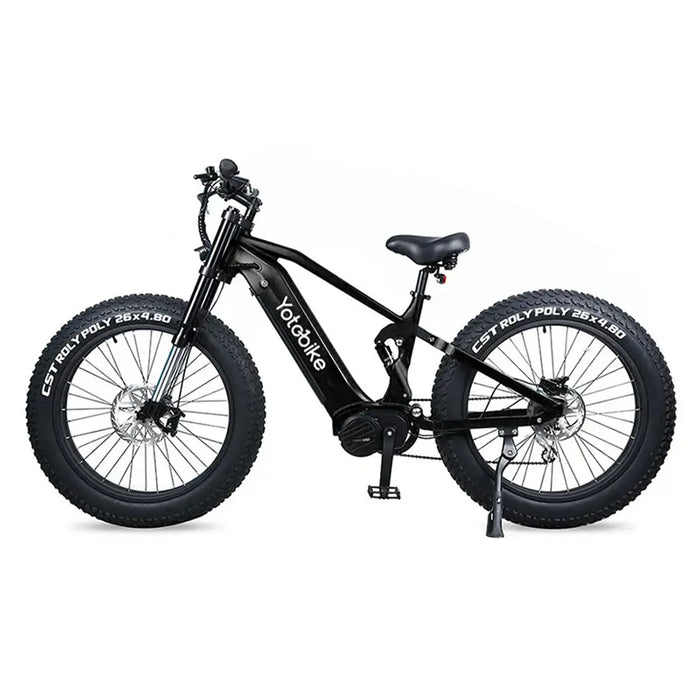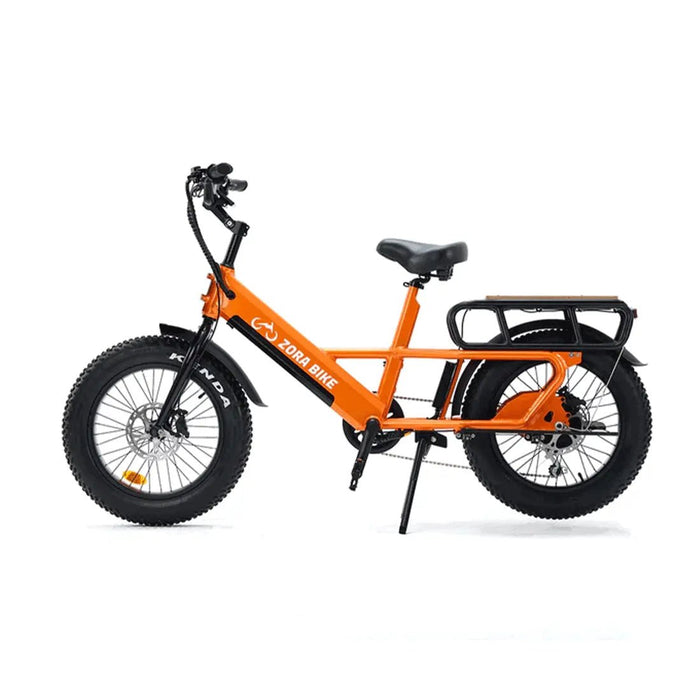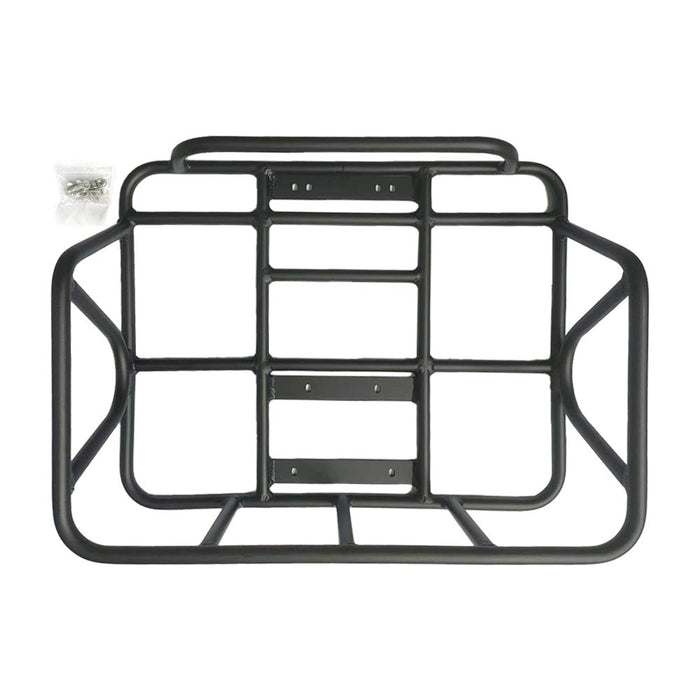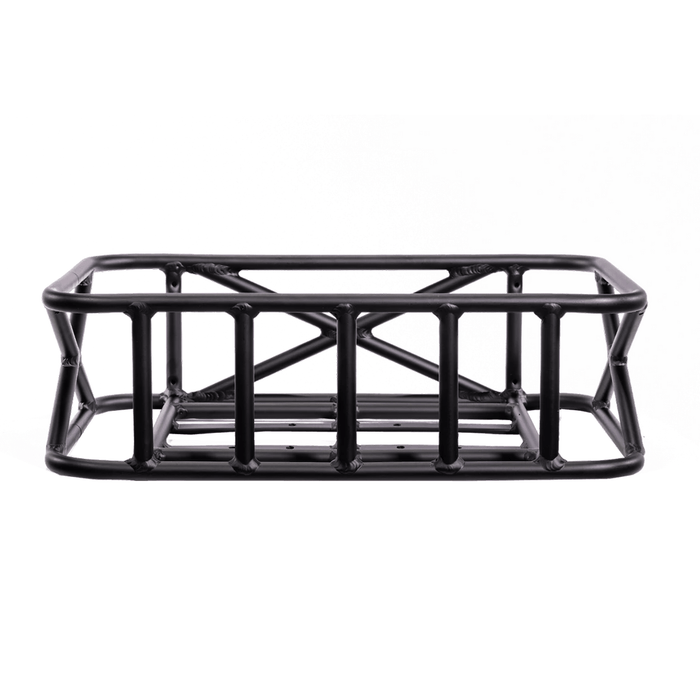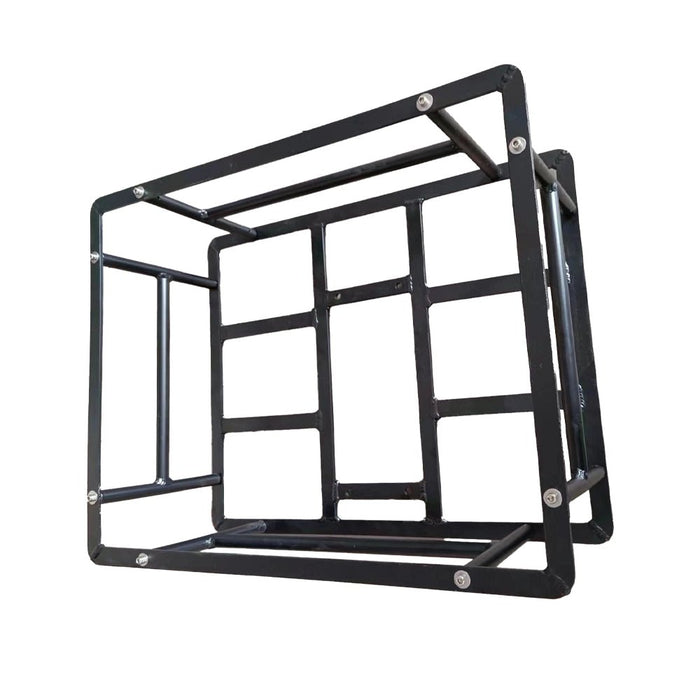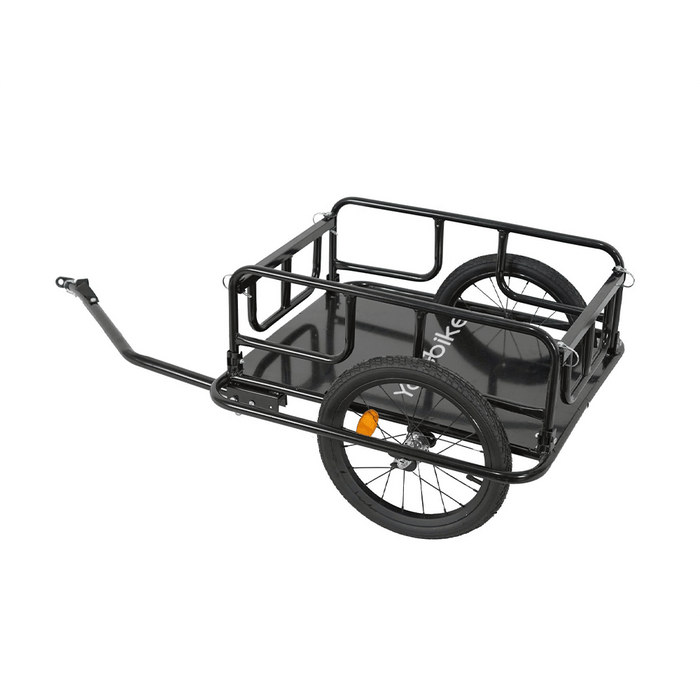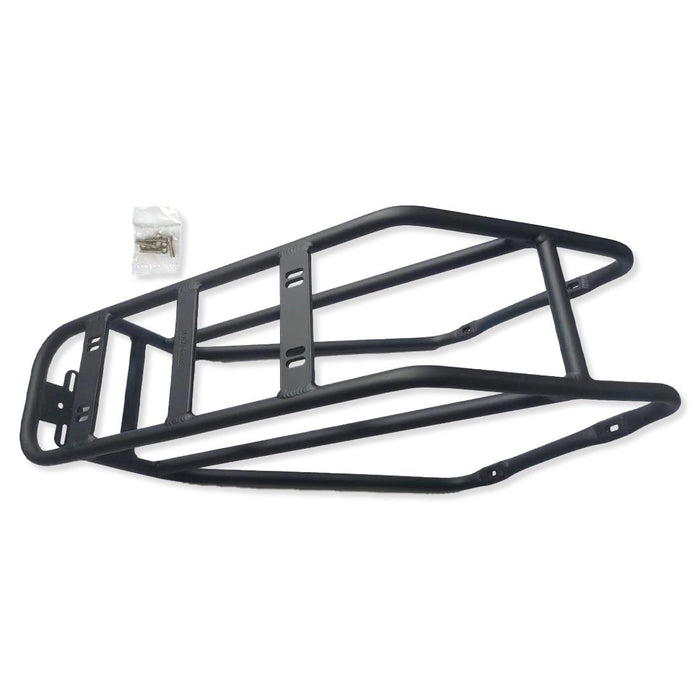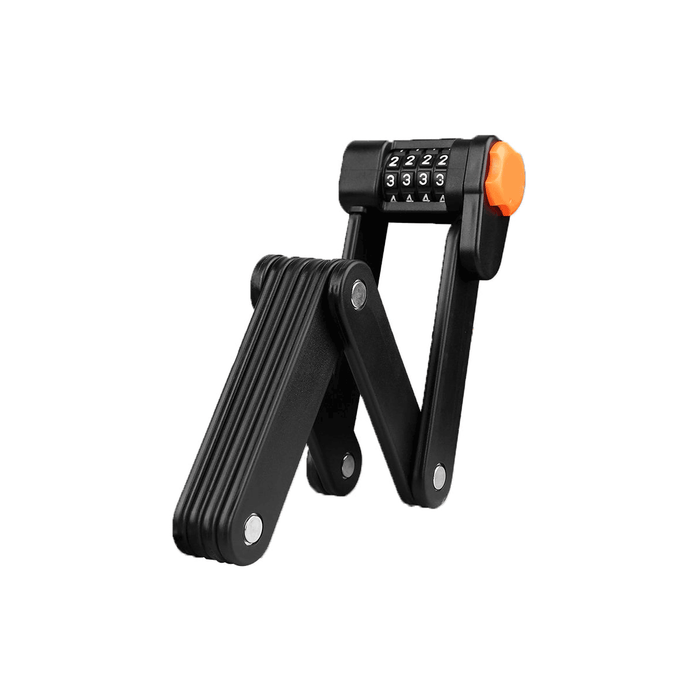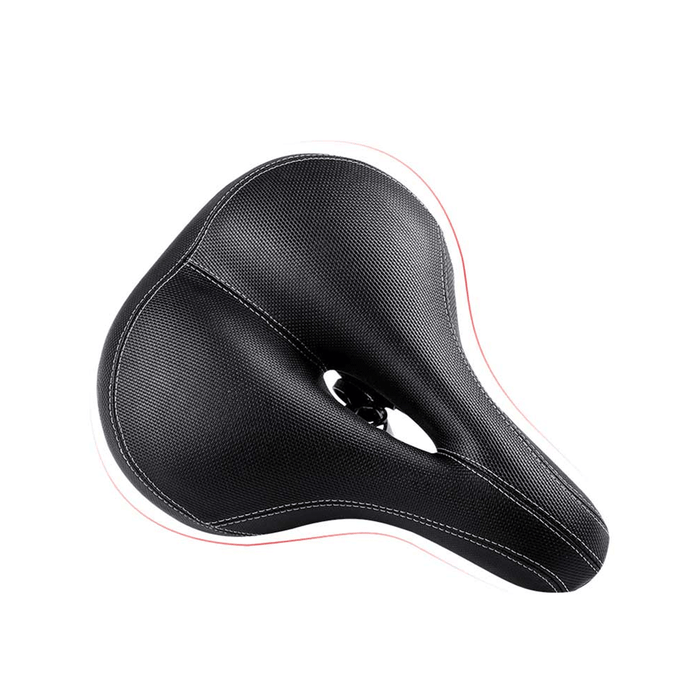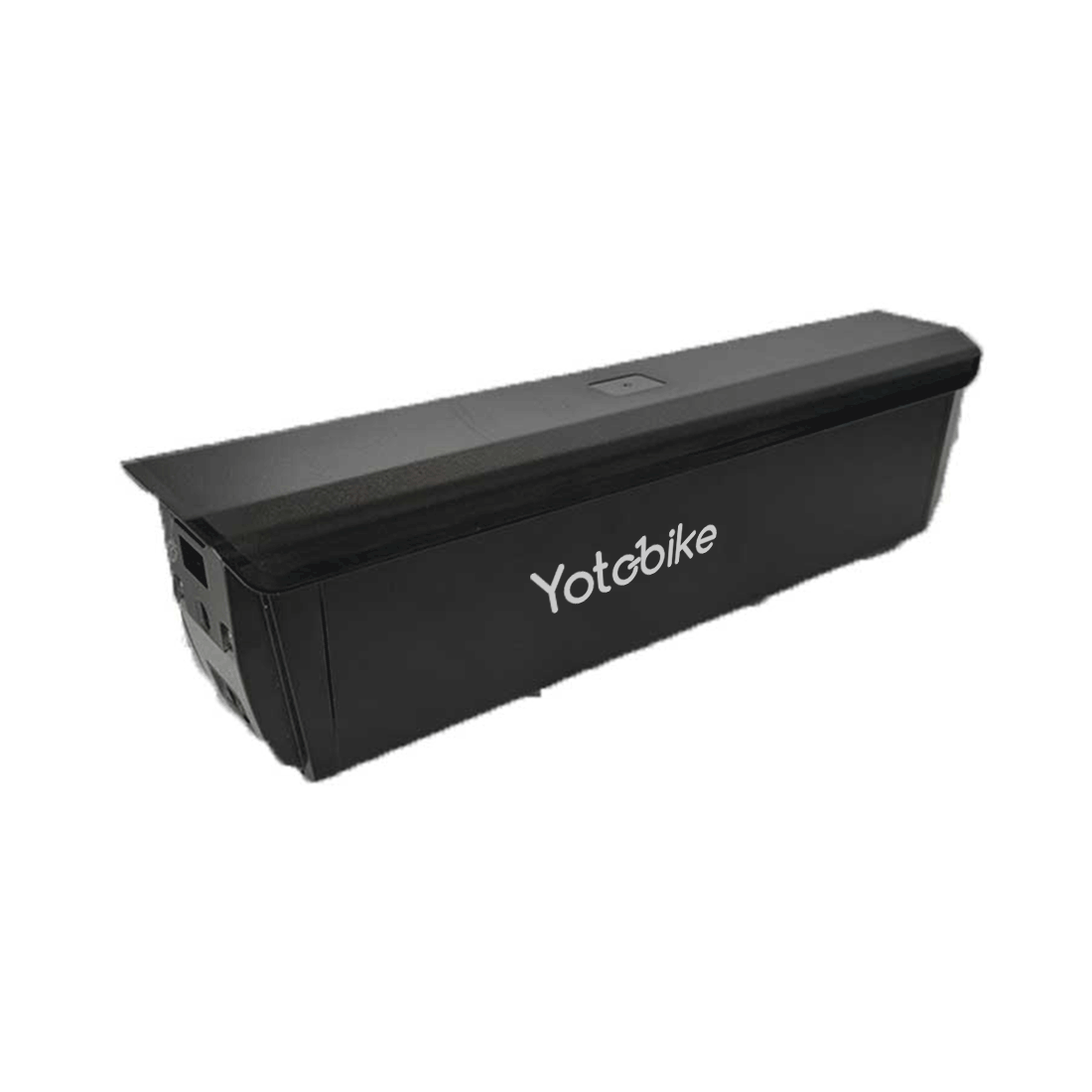
Various types of e-bike batteries are available, including lithiumion (Li-ion), lithium polymer (LiPo), nickel-metal hydride (NiMH), lead-acid, and emerging solid state batteries. Among them, Li ion batteries are the most common due to their high energy density and longevity.
Various types of e-bike batteries are available, including lithiumion (Li-ion), lithium polymer (LiPo), nickel-metal hydride (NiMH), lead-acid, and emerging solid state batteries. Among them, Li ion batteries are the most common due to their high energy density and longevity.
Charging an e-bike battery is a straightforward process:
- Remove the battery from the bike if necessary.
- Locate the charging port on the battery.
- Plug the charger into a standard electrical outlet and connect the charger to the battery's charging port securely. Typically, a light indicator on the charger or battery will signal the charging process.
- Allow the battery to charge fully, which may take several hours depending on its capacity and current charge level.
- Once fully charged, disconnect the charger and securely reinstall the battery onto the e-bike.
Charging an e-bike battery is a straightforward process:
- Remove the battery from the bike if necessary.
- Locate the charging port on the battery.
- Plug the charger into a standard electrical outlet and connect the charger to the battery's charging port securely. Typically, a light indicator on the charger or battery will signal the charging process.
- Allow the battery to charge fully, which may take several hours depending on its capacity and current charge level.
- Once fully charged, disconnect the charger and securely reinstall the battery onto the e-bike.
Most modern chargers for electric bikes are designed to prevent overcharging by automatically shutting off when the battery reaches full capacity. However, even with the safeguarding mechanism present, it is still recommended to unplug the charger once the battery is fully charged to avoid potential problems.
Most modern chargers for electric bikes are designed to prevent overcharging by automatically shutting off when the battery reaches full capacity. However, even with the safeguarding mechanism present, it is still recommended to unplug the charger once the battery is fully charged to avoid potential problems.
Ideally, you should store the battery in a cool, dry place away from direct sunlight and extreme temperatures. Before storage, ensure the battery is partially charged, ideally between 50-70%
capacity. Additionally, check the battery's charge every few months and recharge if necessary to prevent deep discharge.
Ideally, you should store the battery in a cool, dry place away from direct sunlight and extreme temperatures. Before storage, ensure the battery is partially charged, ideally between 50-70%
capacity. Additionally, check the battery's charge every few months and recharge if necessary to prevent deep discharge.
Most e-bike batteries are designed to be water-resistant or waterproof to some extent. Many e-bike batteries feature enclosures with rubber seals or coatings to prevent water ingress during light rain or splashes. However, prolonged exposure to heavy rain or submersion in water can still damage the battery and its components.
Most e-bike batteries are designed to be water-resistant or waterproof to some extent. Many e-bike batteries feature enclosures with rubber seals or coatings to prevent water ingress during light rain or splashes. However, prolonged exposure to heavy rain or submersion in water can still damage the battery and its components.




